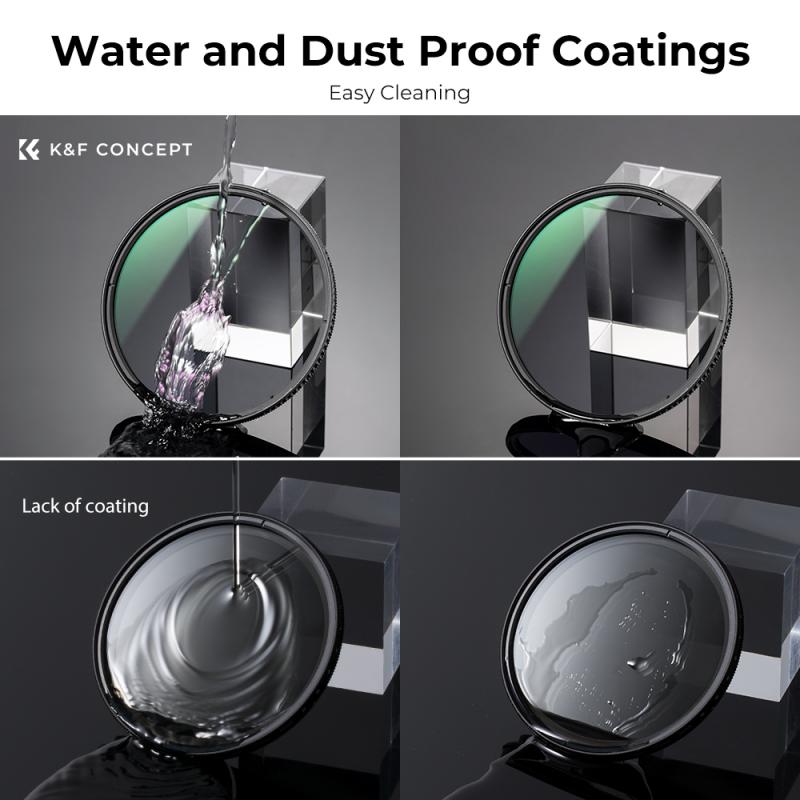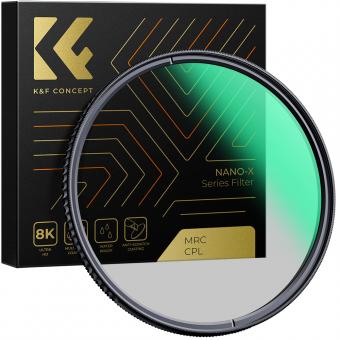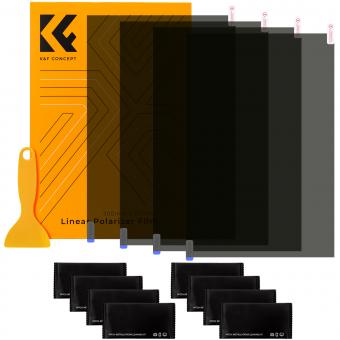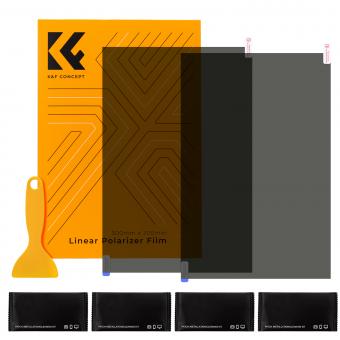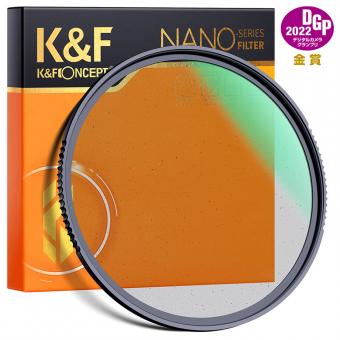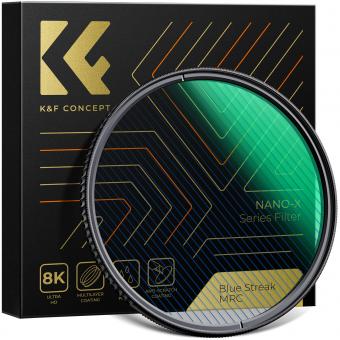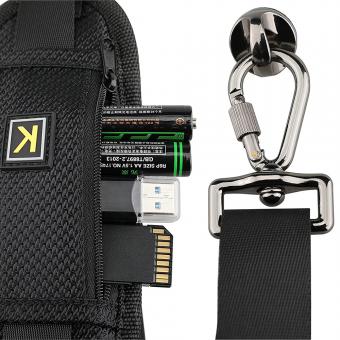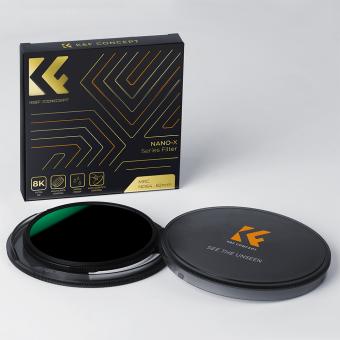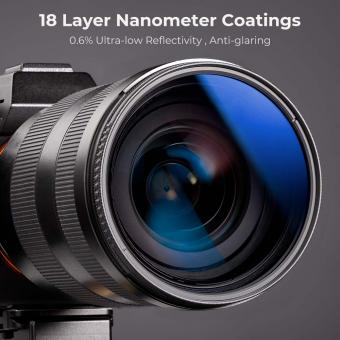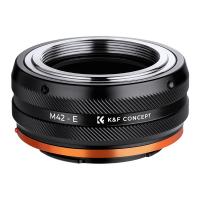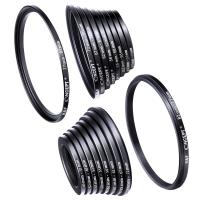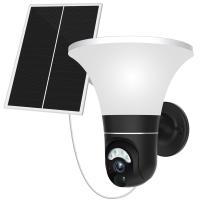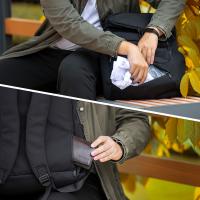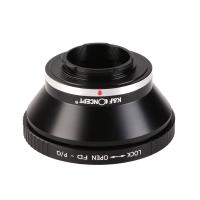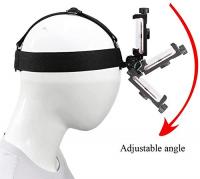How Do You Use A Polarizing Filter ?
To use a polarizing filter, you need to attach it to the front of your camera lens. Rotate the filter until you achieve the desired effect. The filter helps to reduce glare and reflections from non-metallic surfaces, such as water or glass. It also enhances color saturation and contrast in your photographs.
1、 Attach the polarizing filter to the front of your lens.
How do you use a polarizing filter? One of the most common and effective ways to use a polarizing filter is to attach it to the front of your lens. This filter is designed to reduce glare and reflections, enhance colors, and improve overall image quality.
To use a polarizing filter, start by screwing it onto the front of your lens. Make sure it is securely attached and aligned properly. Once attached, you can rotate the filter to achieve the desired effect. Rotating the filter will adjust the angle at which it blocks or allows light to pass through.
When using a polarizing filter, it is important to consider the direction of the light source and the angle at which you are shooting. By rotating the filter, you can selectively block or allow light waves that are aligned in a specific direction. This can help reduce reflections from non-metallic surfaces such as water or glass, making them appear clearer and more vibrant.
Additionally, a polarizing filter can enhance the colors in your images by reducing atmospheric haze and increasing contrast. It can make blue skies appear deeper and more saturated, while also making clouds stand out more prominently.
It is worth noting that the effectiveness of a polarizing filter can vary depending on the conditions and the angle at which you are shooting. Therefore, it is recommended to experiment with different rotations of the filter to achieve the desired effect.
In conclusion, using a polarizing filter involves attaching it to the front of your lens and rotating it to block or allow specific light waves. This can help reduce glare, enhance colors, and improve overall image quality.
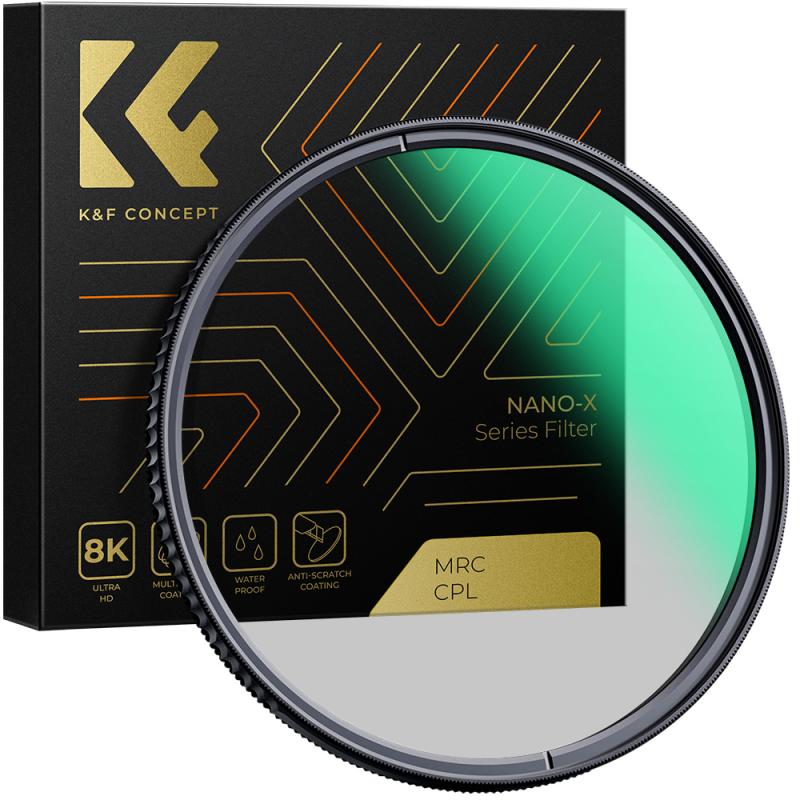
2、 Rotate the filter to achieve desired polarization effect.
A polarizing filter is a valuable tool for photographers and videographers to control and enhance the quality of their images. It is primarily used to reduce glare and reflections, deepen the color saturation, and increase the contrast in a scene. So, how do you use a polarizing filter?
To use a polarizing filter, you need to attach it to the front of your camera lens. Once attached, you can rotate the filter to achieve the desired polarization effect. The filter has a rotating ring that allows you to adjust the angle of polarization. By rotating the filter, you can selectively block or allow certain polarized light waves to pass through the lens.
When using a polarizing filter, it is important to understand the direction of the light source and the angle at which you are shooting. Rotating the filter will have different effects depending on these factors. For example, if you are shooting a landscape with a clear blue sky, rotating the filter at a 90-degree angle to the sun will help reduce the glare and make the sky appear deeper and more saturated.
It is worth noting that the effectiveness of a polarizing filter can vary depending on the type of light and the subject you are photographing. In some situations, such as shooting through glass or capturing reflections on water, a polarizing filter can completely eliminate unwanted reflections and create a clearer image.
In conclusion, using a polarizing filter involves attaching it to your camera lens and rotating it to achieve the desired polarization effect. Experimenting with different angles and understanding the lighting conditions will help you make the most of this versatile tool and enhance the quality of your photographs or videos.
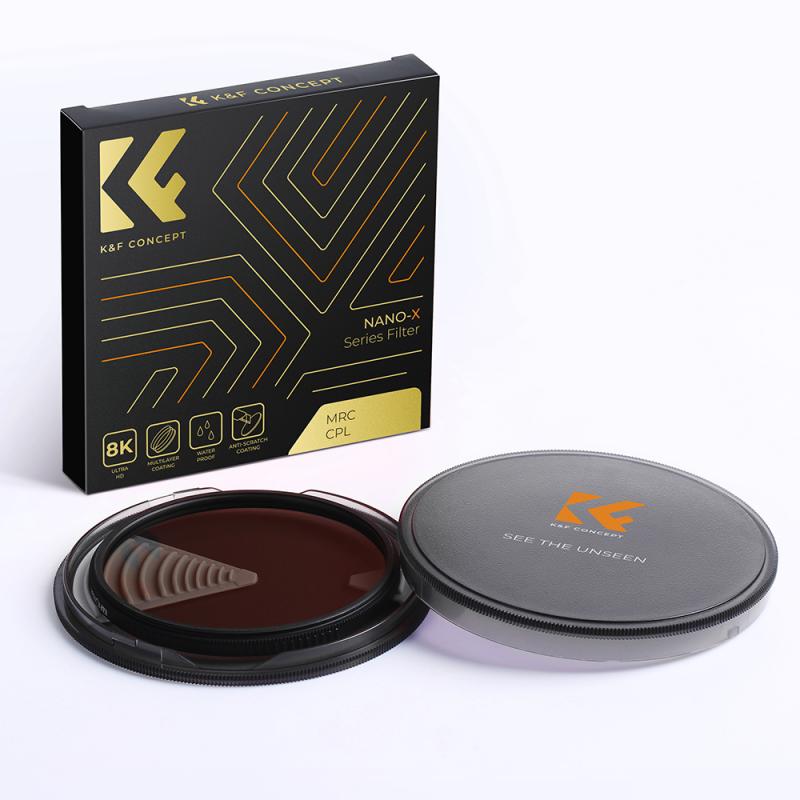
3、 Adjust the angle to reduce reflections or enhance colors.
How do you use a polarizing filter? Adjust the angle to reduce reflections or enhance colors. A polarizing filter is a valuable tool for photographers and videographers to control reflections and improve the overall quality of their images. By understanding how to use a polarizing filter effectively, you can achieve stunning results in your photography.
To use a polarizing filter, start by attaching it to the front of your camera lens. Once attached, rotate the filter to adjust the angle. The filter works by blocking certain light waves, allowing you to control the amount of polarized light that enters your lens. By rotating the filter, you can either reduce or enhance the polarization effect.
One of the primary uses of a polarizing filter is to reduce reflections. When shooting outdoors, reflections can be a major issue, especially when photographing water or glass surfaces. By adjusting the angle of the filter, you can effectively minimize or eliminate these unwanted reflections, resulting in a clearer and more vibrant image.
Additionally, a polarizing filter can enhance colors and increase contrast in your photographs. By reducing scattered light, the filter allows colors to appear more saturated and vibrant. This is particularly useful when photographing landscapes or scenes with a lot of blue sky, as it can make the sky appear deeper and more intense.
It is important to note that the effectiveness of a polarizing filter can vary depending on the angle of the light source and the position of the subject. Therefore, it is recommended to experiment with different angles and positions to achieve the desired effect.
In conclusion, using a polarizing filter involves attaching it to your lens and adjusting the angle to reduce reflections or enhance colors. It is a versatile tool that can greatly improve the quality of your photographs by controlling the amount of polarized light that enters your lens.
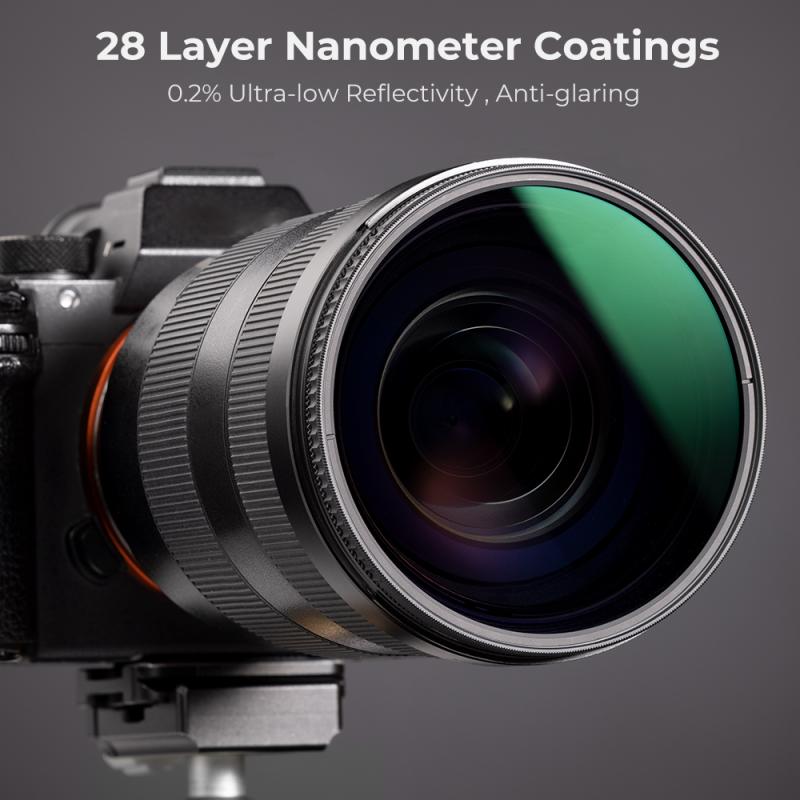
4、 Use the filter to darken skies and improve contrast.
How do you use a polarizing filter? Use the filter to darken skies and improve contrast. A polarizing filter is a valuable tool for photographers and videographers to enhance their images by reducing glare and reflections. It works by selectively blocking certain polarized light waves, allowing only light waves that are aligned in a specific direction to pass through the filter.
To use a polarizing filter, attach it to the front of your camera lens. Rotate the filter until you achieve the desired effect. When shooting outdoors, one of the most common uses of a polarizing filter is to darken skies. By rotating the filter, you can intensify the blue color of the sky and make clouds stand out more prominently. This can add depth and drama to landscape photographs.
Additionally, a polarizing filter can help improve contrast in your images. It reduces reflections from non-metallic surfaces such as water, glass, and foliage, resulting in richer colors and increased detail. For example, when photographing a lake, the filter can eliminate the glare caused by sunlight reflecting off the water, allowing you to capture the true colors and textures beneath the surface.
It's important to note that the effectiveness of a polarizing filter depends on the angle of the light source and the position of the camera. The filter works best when the light source is at a 90-degree angle to the camera lens. Therefore, it's recommended to shoot with the sun at your side rather than directly in front or behind you.
In conclusion, a polarizing filter is a versatile tool that can significantly enhance your photographs and videos. By darkening skies and improving contrast, it allows you to capture more vibrant and captivating images.
